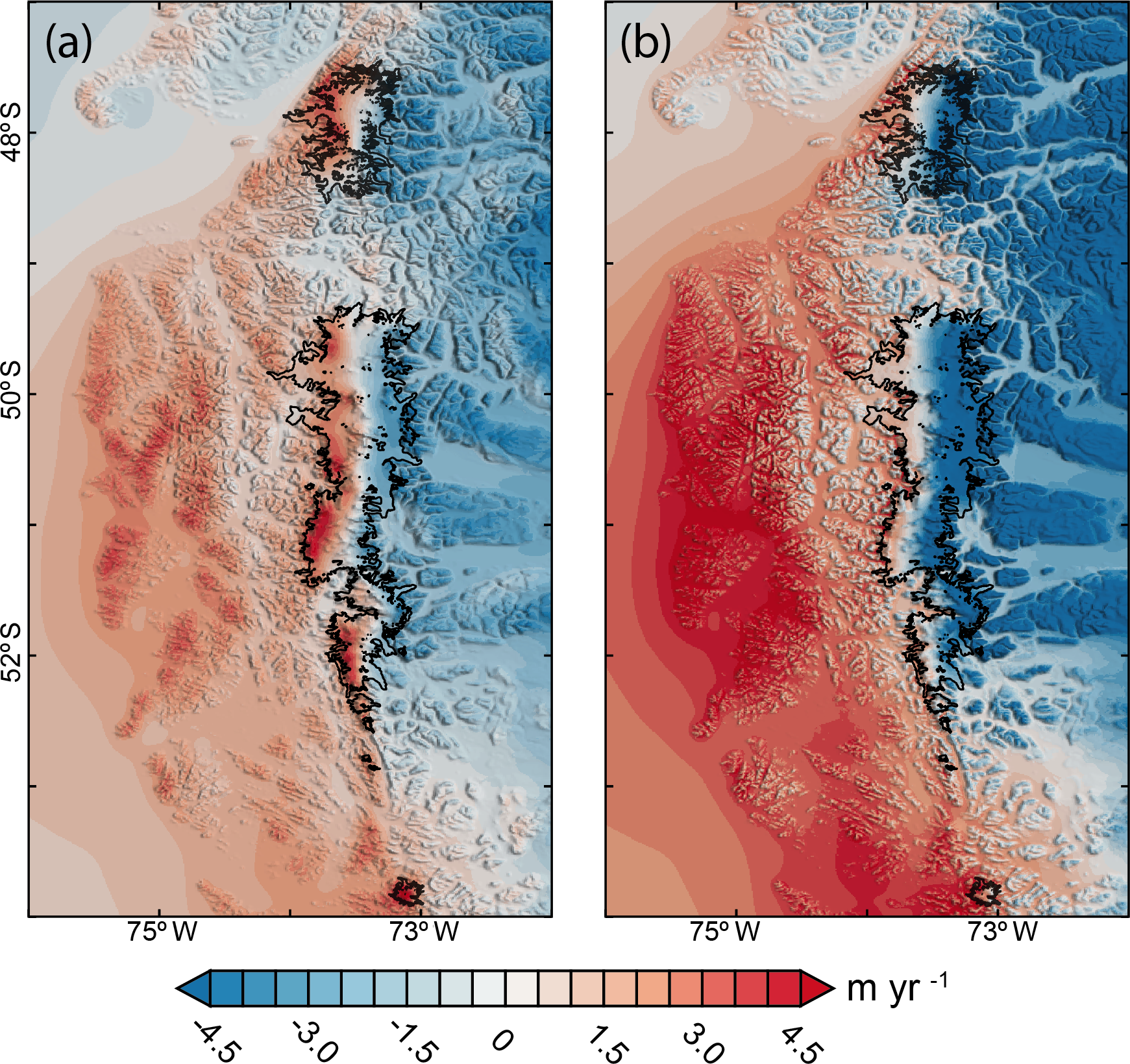Understanding OPM Weather: A Comprehensive Guide - Despite the advancements in technology, OPM weather forecasting still faces several challenges. Weather systems are inherently complex and can be influenced by a multitude of factors, making accurate predictions difficult. Additionally, the impact of climate change has introduced new variables that complicate the forecasting process. Weather patterns are becoming increasingly unpredictable due to climate change, making the study of OPM weather more important than ever. By analyzing historical data and leveraging advanced technologies, scientists can provide accurate forecasts that help mitigate potential risks. This article aims to provide a comprehensive overview of OPM weather, ensuring readers have a solid understanding of its implications.
Despite the advancements in technology, OPM weather forecasting still faces several challenges. Weather systems are inherently complex and can be influenced by a multitude of factors, making accurate predictions difficult. Additionally, the impact of climate change has introduced new variables that complicate the forecasting process.
Some of the ways to promote public awareness and education in OPM weather include:

OPM weather is a term that has gained prominence in recent years, particularly in discussions about atmospheric phenomena and their impact on the environment. It refers to the observation, prediction, and management of weather patterns that affect specific regions or sectors. Understanding OPM weather is crucial for industries such as agriculture, aviation, and disaster management. In this article, we will delve into the intricacies of OPM weather, its significance, and how it influences our daily lives.
OPM weather involves the use of advanced meteorological tools and technologies to provide precise forecasts. These forecasts are tailored to meet the specific needs of industries, ensuring that operations run smoothly despite adverse weather conditions. By understanding OPM weather, organizations can better prepare for potential disruptions and optimize their resources.
We encourage readers to stay informed about OPM weather and its implications. By sharing this article and engaging in discussions, you can contribute to raising awareness and promoting education in this important field. For more information on OPM weather, visit reputable sources such as the National Oceanic and Atmospheric Administration (NOAA) and the World Meteorological Organization (WMO).
Some of the challenges in OPM weather forecasting include:
Data and statistics are integral to the study of OPM weather, providing valuable insights into weather patterns and trends. Meteorologists rely on historical data to develop accurate models and forecasts. This data is collected from various sources, including weather stations, satellites, and radar systems.
Recent advancements in technology have revolutionized the field of OPM weather. The development of sophisticated weather models, satellite imagery, and machine learning algorithms has significantly improved the accuracy of forecasts. These tools enable meteorologists to analyze vast amounts of data and provide precise predictions tailored to specific needs.
/cdn.vox-cdn.com/uploads/chorus_asset/file/22209395/national_3dayprecipsnow.jpeg)
Raising public awareness and education about OPM weather is essential for ensuring community resilience. By understanding weather patterns and their implications, individuals can take proactive steps to protect themselves and their property. Educational programs and public outreach initiatives play a vital role in disseminating this knowledge.
In its simplest form, OPM weather refers to the observation and prediction of weather systems that directly impact operational planning and management. This concept is particularly relevant in sectors where weather conditions play a pivotal role, such as aviation, maritime navigation, and agriculture. The term "OPM" stands for Operational Planning and Management, emphasizing the practical applications of weather forecasting in real-world scenarios.
According to the World Meteorological Organization (WMO), the accuracy of weather forecasts has improved significantly over the past few decades. Short-term forecasts are now accurate up to 80% of the time, while long-term forecasts have also shown improvement. These advancements are largely due to the integration of big data and advanced analytics in OPM weather.
Climate change has a profound impact on OPM weather, altering weather patterns and increasing the frequency of extreme weather events. Rising global temperatures, melting polar ice caps, and changing ocean currents are just a few of the factors contributing to these changes. As a result, OPM weather forecasting must adapt to incorporate these new variables and provide accurate predictions.
